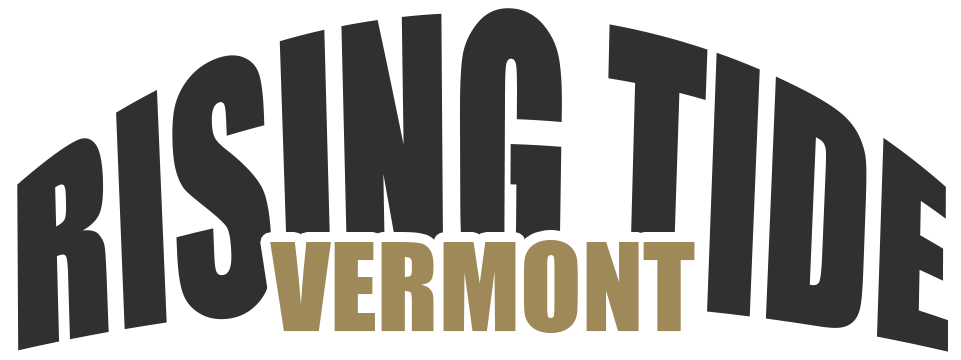- STEM education is evolving towards more interactive, personalized experiences through advanced technology, new teaching methods, and industry collaboration.
- Partnerships between educational institutions and industries provide real-world STEM applications, preparing students for future careers and bridging academia-industry gaps.
- Future STEM education aims to inspire innovators by integrating innovative technologies, methodologies, and collaborative efforts, enhancing knowledge and creativity.
- The role of innovation in education is paramount. Combining technology and pedagogy elevates science and mathematics learning experiences.
- Adapability, creativity, and technology are key to creating future learning environments that emphasize not just academic success but also real-world application and discovery.
In the swiftly evolving landscape of education, the significance of nurturing innovation in science and mathematics teaching cannot be overstated. As we stand on the brink of a technological renaissance, the traditional methods of instruction in Science, Technology, Engineering, and Mathematics (STEM) are undergoing a profound transformation. This transformation is necessary and a pivotal movement towards preparing the next generation for a future rife with complexities and opportunities.
Educators, parents, and STEM enthusiasts are all key players in this dynamic shift. The task ahead is to ensure that students are instilled with the curiosity and problem-solving skills critical to excelling in these fields from a young age. Thus, the question arises: How do we adapt today’s education to meet tomorrow’s demands?
Traditional vs. Modern Approaches to STEM Education
Historically, STEM education leaned heavily on rote memorization and theoretical learning. However, the digital age has ushered in a revolution marked by a distinct shift towards interactive problem-solving methodologies. Tools and digital platforms have become central to creating an engaging and inspiring educational experience. This paradigm shift from a teacher-led model to a student-centered approach encourages active participation, fostering a deeper understanding and application of scientific and mathematical principles.

The Role of Virtual and Augmented Reality
Virtual Reality (VR) and Augmented Reality (AR) stand at the forefront of technological innovation in education, providing unparalleled immersive learning experiences. Complex scientific phenomena and mathematical concepts can be visualized and interacted with through VR and AR in unimaginable ways. This hands-on approach aids in cementing abstract concepts into tangible understanding, making STEM subjects more accessible and exciting for students.
The Power of Project-Based Learning (PBL)
Project-Based Learning (PBL) represents a significant evolution in educational methodologies. By engaging students in real-world problems, PBL encourages a deeper exploration of STEM subjects. This method promotes critical thinking, collaboration, and practical application of knowledge, thereby bridging the gap between theoretical learning and its real-world implications.
Adaptive Learning Technologies
Personalization is key in modern education, and adaptive learning technologies are at the heart of this personalized approach. These sophisticated systems analyze students’ responses to tailor educational content, matching each learner’s pace and understanding. In STEM education, this means creating a customized learning path that plays to each student’s strengths and addresses their weaknesses, optimizing the educational experience.
The Integration of STEM Charter Schools
A STEM charter school represents a burgeoning movement dedicated to science and mathematics education excellence. These institutions prioritize a comprehensive, STEM-focused curriculum that pushes the boundaries of traditional education. Through innovative curriculum development, rigorous assessment, and an emphasis on real-world applications, STEM charter schools are incubators for future scientists, technologists, engineers, and mathematicians.
Educator Empowerment through Training and Development
The backbone of any educational institution is its educators. Integrating new technologies and methodologies in STEM subjects necessitates ongoing teacher training and professional development. By equipping educators with the tools and knowledge to implement the latest STEM teaching methodologies, we can ensure an engaging and effective learning environment.
Bridging the Gap with Industry and Higher Education
Collaboration is a critical aspect of innovation in education. Successful partnerships between STEM charter schools, industry leaders, and higher education institutions have enhanced student learning outcomes and career readiness. These partnerships expose students to real-world STEM applications and career pathways, enriching the educational experience and bridging the gap between academia and industry.
Looking Ahead: The Future of STEM Education
The advancements in science and mathematics education outlined in this article underscore a collective movement towards a more interactive, personalized, and immersive learning experience. Integrating innovative technologies, methodologies, and collaborative efforts is paving the way for a future where STEM education is about imparting knowledge and inspiring a new generation of thinkers and innovators.

As we look towards the horizon, innovation’s role in shaping tomorrow’s education is crystal clear. It’s a synergistic dance of technology, pedagogy, and collaboration that promises to elevate science and mathematics education. The future is bright, and with continuous innovation, we are setting the stage for a world where every student is empowered to explore, discover, and contribute to the vast expanse of human knowledge.
In this dynamic era of education, adaptability, creativity, and technology converge to create a learning environment that is not just about surviving the future but thriving in it. The continuing evolution of STEM education is not just an academic imperative but a gateway to pioneering discoveries that will propel humanity forward.









